CARING WITH FAMILY
|
| The level of affection a breed is likely to exhibit towards its family members or individuals it is well-acquainted with can greatly differ. Certain breeds may show reserved behavior towards all except their beloved owner, while others generously shower their warmth upon everyone they know treating them like lifelong friends. |
LOVE WITH CHILDREN
Unwise
Good With Children
|
| The level of tolerance and patience that a breed possesses towards children's behavior along with their overall family-friendly nature is an essential consideration. It is crucial to always supervise dogs when they are in the presence of young children or any children who have limited exposure to dogs. |
BEHAVIOR WITH DOGS
Unwise
Good With Other Dogs
|
| When it comes to the overall friendliness of a breed towards other dogs, it is important to note that dogs should always be supervised during interactions and introductions. However, certain breeds inherently exhibit a higher inclination to get along with other dogs, whether it be within the comforts of their home or in public settings. |
SHEDDING LEVELS & MANAGEMENT
No Shedding
Hair Everywhere
|
| The amount of fur and hair that a breed is expected to shed is an important factor to consider. Breeds with high shedding tendencies will require more frequent brushing can potentially trigger specific allergies and will likely necessitate regular vacuuming and lint-rolling to maintain cleanliness. |
COAT GROOMING STANDARDS
|
| The grooming requirements of a breed including bathing, brushing, trimming and other coat maintenance, should be taken into account. It is crucial to consider the amount of time, patience and budget you are willing to allocate for such care when evaluating the grooming effort needed. Additionally, it is worth noting that all breeds require regular nail trimming. |
DROOLING INTENSITY
Less Likely to Drool
Always Have a Towel
|
| The propensity of a breed to drool is an important factor to consider. For individuals who prioritize cleanliness, breeds that have a tendency to leave ropes of slobber on your arm or create big wet spots on your clothes may not be the ideal choice. |
COAT STYLES GUIDE |
| Smooth |
| COAT SPECTRUM |
| Short |
FRIENDLINESS
Reserved
Everyone Is My Best Friend
|
| The level of welcoming behavior a breed exhibits towards strangers can vary. Certain breeds may display reserved or cautious tendencies around all unfamiliar individuals, regardless of the setting, while other breeds may eagerly embrace the opportunity to meet new people whenever they are encountered. |
LIVELINESS
Only When You Want To Play
Non-Stop
|
| The level of enthusiasm a breed exhibits towards play, even beyond the age of puppyhood is an important aspect to consider. Certain breeds will continue to show a strong desire to engage in activities like tug-of-war or fetch well into their adult years. In contrast, some breeds will be content to spend most of their time relaxing on the couch with you. |
VIGILANCE INTENSITY
What's Mine Is Yours
Vigilant
|
| A breed's inclination to alert you of the presence of strangers is an important characteristic to consider. Some breeds are more likely to react to potential threats, such as the mailman or a squirrel outside the window. However, it's worth noting that these breeds are also likely to warm up to strangers who enter the house and are accepted by their family. |
ADAPTATION CAPACITY
Lives For Routine
Highly Adaptable
|
| The adaptability of a breed to handle change is a significant factor to consider. This encompasses their ability to adjust to changes in living conditions, noise levels, weather conditions, daily schedules and other variations in day-to-day life. It's important to assess a breed's temperament and flexibility in order to determine how well they can handle such changes. |
OBEDIENCE LEVEL
Self-Willed
Eager to Please
|
| The ease of training and the willingness of a dog to learn new things are crucial aspects to consider. Certain breeds have a natural inclination to please their owners and demonstrate a strong desire to learn, making training relatively straightforward. On the other hand, some breeds may exhibit a more independent nature preferring to do as they please, when and wherever they want. Evaluating a breed's temperament and trainability can help determine the level of effort required for successful training. |
STAMINA LEVEL
|
| The amount of exercise and mental stimulation that a breed requires is an important consideration. High-energy breeds are typically enthusiastic and eager for physical activities such as running, jumping and playing throughout the day. They thrive on regular exercise to burn off their energy. Conversely, low-energy breeds tend to be more laid-back and content with relaxing and snoozing around the house. Understanding a breed's energy level and exercise needs is crucial in providing them with an appropriate lifestyle that meets their requirements. |
VOCALIZATION
|
| When Necessary |
LEARNING CURIOSITY LEVEL
Happy to Lounge
Needs a Job or Activity
|
| The amount of mental stimulation a breed requires to stay happy and healthy is an essential consideration. Purpose-bred dogs often have specific jobs that demand decision-making, problem-solving, concentration and other cognitive qualities. Without adequate mental exercise, these dogs may resort to creating their own activities to keep their minds engaged, which may not align with the owner's preferences. Providing sufficient mental stimulation through training, puzzle toys, interactive games or other activities is crucial to ensure the overall well-being of the breed. |
| COLORS |
|
Description
|
Registration Code
|
|
White & Orange
|
213
|
|
| PATTERNS |
|
Description
|
Registration Code
|
|
Ticked
|
013
|
|
Spotted Or Patched
|
106
|
|






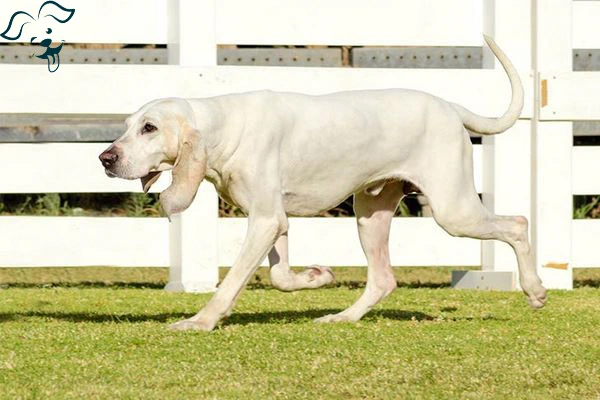
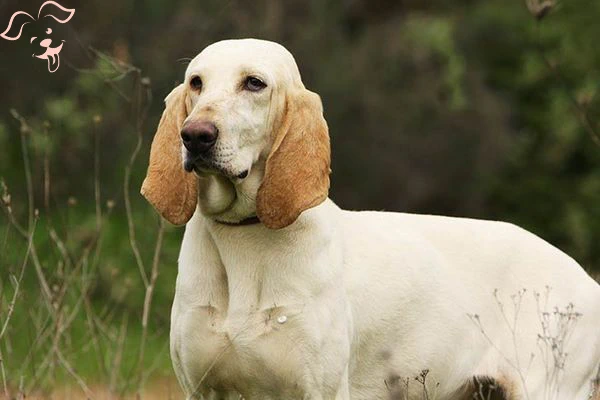
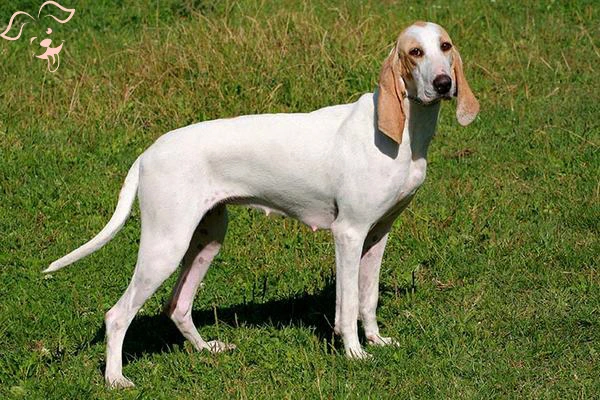

















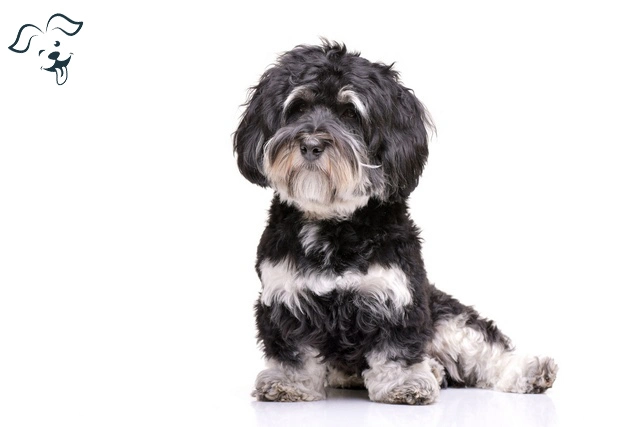
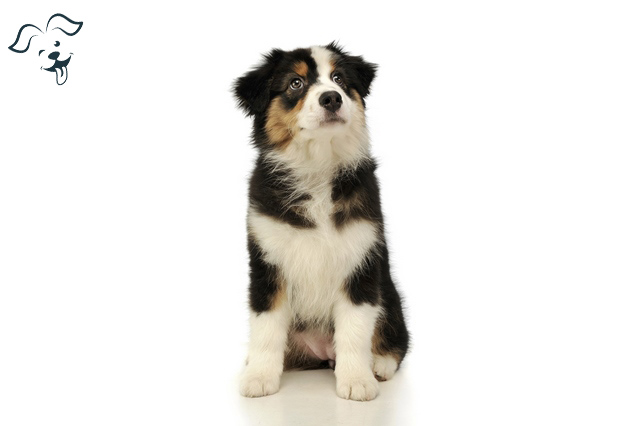
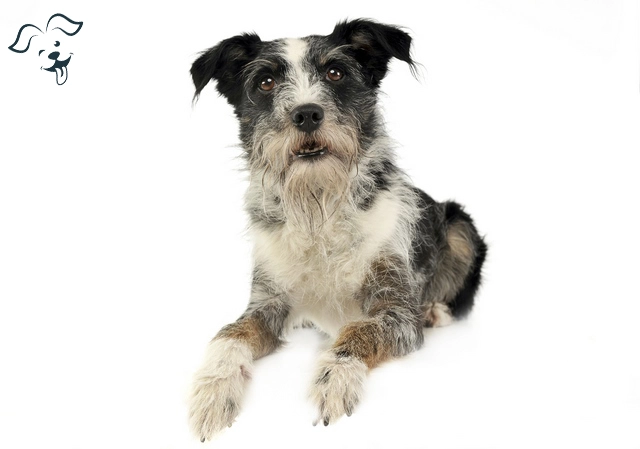
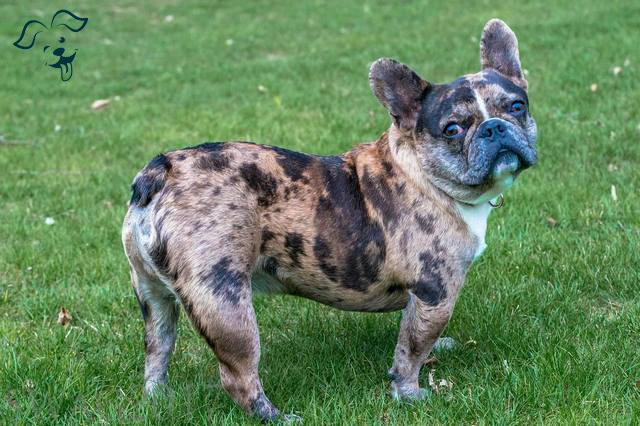
FRIENDLINESS
LIVELINESS
VIGILANCE INTENSITY
ADAPTATION CAPACITY